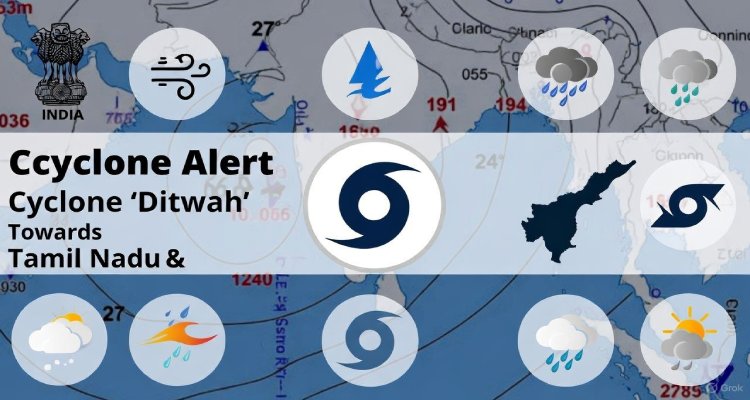When Oceans Glow: The Science and Myths of Living Light
From bioluminescent plankton to ancient sailor legends, discover the science and myths behind the oceans that glow with living light.
Introduction: The Night the Sea Turned to Stars
On a moonless night off the coast of the Maldives, a small fishing boat cuts through the still water. Suddenly, the wake behind it ignites in a trail of electric blue — as if the stars themselves had fallen into the ocean. The fishermen smile knowingly; this is Sea of Stars season, when the water glows with what scientists call bioluminescence, but locals simply call “the sea’s magic.”
The Phenomenon of Living Light
Bioluminescence is the natural production of light by living organisms, a process that occurs in both terrestrial and marine environments. On land, fireflies and some fungi glow. In the ocean, it’s plankton, jellyfish, squid, and even certain fish that emit light.
At the heart of the glow is a chemical reaction: a light-producing pigment called luciferin interacts with the enzyme luciferase in the presence of oxygen, releasing photons — visible light. In the open ocean, this can create entire swaths of glowing waves visible from space.
A History Written in Myths
Before science explained the glow, seafarers across cultures spun their own tales. Ancient Polynesian navigators believed glowing seas were the spirits of ancestors guiding their canoes. In Greek maritime lore, the glow was a blessing from Poseidon, signaling safe passage.
Christopher Columbus, during his first voyage in 1492, noted in his journal that he saw “a flame of fire” falling into the sea — likely bioluminescent organisms disturbed by waves. In some coastal villages of India, elders still say the glow is the ocean “breathing in the night.”
When and Where the Oceans Glow
Bioluminescence occurs in all the world’s oceans, but hotspots include:
- Vaadhoo Island, Maldives – Known for its “Sea of Stars” phenomenon.
- Mosquito Bay, Puerto Rico – Considered the brightest bioluminescent bay in the world.
- Toyama Bay, Japan – Home to glowing firefly squid each spring.
- California Coast, USA – Where red tide blooms sometimes cause glowing waves.
These events are most visible in warm, calm waters on dark nights, especially after plankton blooms.
The Science Behind the Glow’s Purpose
While beautiful to humans, bioluminescence serves practical roles in marine life:
- Defense: Small plankton flash to startle predators or signal danger.
- Camouflage: Some fish use “counter-illumination” to blend with light filtering from above.
- Hunting: Anglerfish lure prey with glowing appendages.
- Mating: Species like the flashlight fish use light to find partners in the dark.
Marine biologist Dr. Sylvia Ramirez explains, “It’s not just beauty for beauty’s sake. Every flash, every glow is a survival strategy honed by millions of years of evolution.”
Climate Change and the Glow
In recent years, climate change has begun altering the timing and intensity of bioluminescent displays. Warmer sea temperatures and nutrient-rich runoff can cause massive plankton blooms, making glowing seas more frequent — but also raising concerns about harmful algal blooms that can damage marine ecosystems.
Public Fascination and Tourism
Coastal communities have turned the phenomenon into a tourism magnet. In Puerto Rico, guided night kayak tours let visitors glide through glowing waters. In the Maldives, resorts offer midnight beach walks during peak glow season. But marine scientists warn that excessive tourism — especially boat traffic — can harm the delicate organisms responsible for the spectacle.
Looking Ahead: Mysteries Yet to Solve
Despite decades of research, much remains unknown about the full diversity of bioluminescent life in the ocean. The deep sea, where sunlight never penetrates, may hold thousands of glowing species yet undiscovered. With each new expedition, scientists come closer to understanding how light has shaped life beneath the waves.
Conclusion: The Eternal Allure of the Living Sea
Whether seen as divine magic or chemical marvel, glowing oceans remind us that nature still holds wonders that can stop us in our tracks. In the glow’s brief shimmer, we glimpse the deep connection between myth and science — and the timeless mystery of the sea.
Disclaimer: This article is based on scientific research and historical records. Observational details are accurate to the best available knowledge; however, natural phenomena may vary by season and location.











